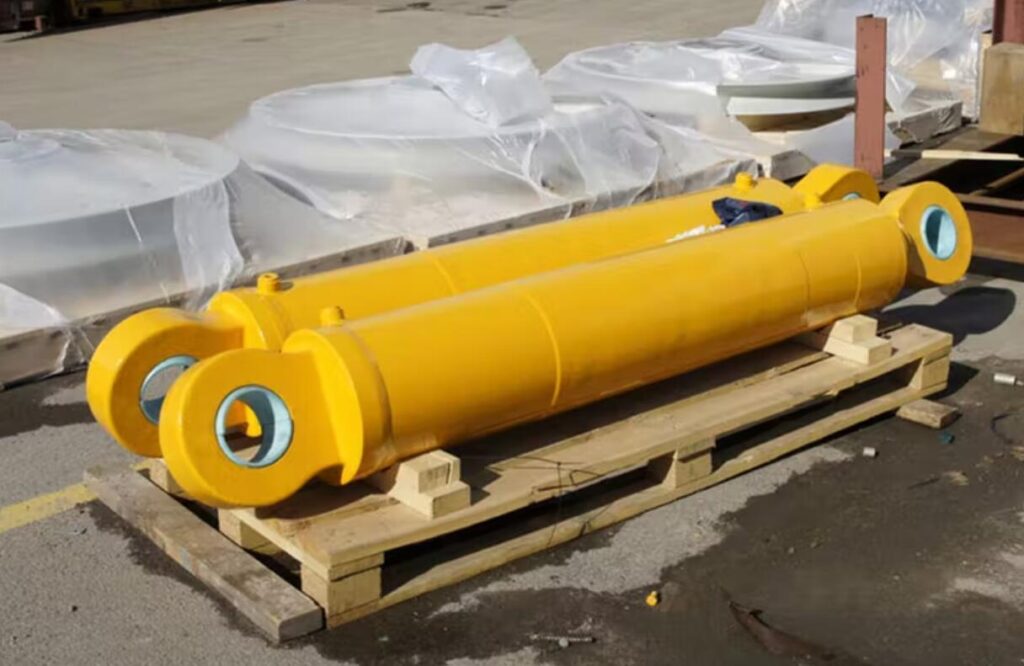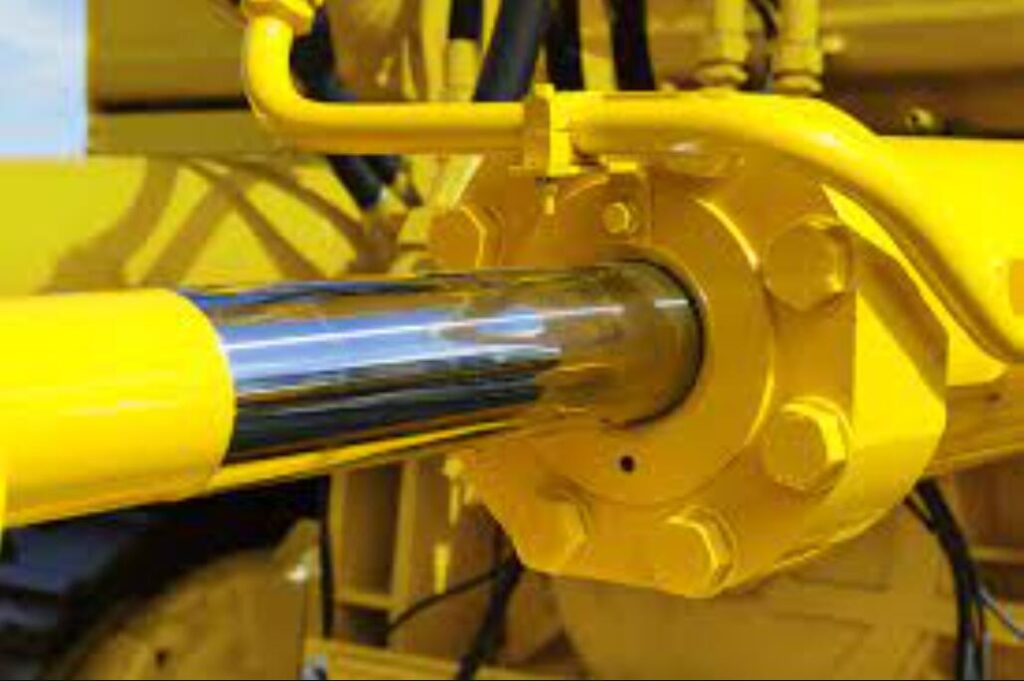The use of excavator hydraulic cylinders has been an essential part of the construction industry for many years. In this article, we will be discussing in more detail the mechanisms and principles of excavator hydraulic cylinder, the advantages and disadvantages of using them, and the overall conclusion about their use.

What Is Hydraulic Cylinders?
A hydraulic cylinder for an excavator is a large, powerful and efficient device used to move and control the excavator’s digging arms. It uses pressurized hydraulic fluid to create linear force and motion, allowing the excavator to handle big jobs, such as digging trenches, leveling land, and loading and unloading materials. The hydraulic cylinder is typically made of steel and is designed to withstand heavy loads and extreme temperatures.

Main Components Of Cylinder Excavator
There are many spare parts for consisting of excavator cylinder, so that it may work well. In this post, At the first, Let us list the components from cylinder of excavator below:
- Cylinder body
- Piston rod
- Piston
- End cap
- Cylinder head
- Seal
- Rod seal
- O-ring
- Rod bush
- Piston seals
How To Use Hydraulic Cylinder For Excavator?
The operator of the excavator controls the telescopic mode of the cylinder, which is related to the movement of the components. Extend the excavator boom cylinder on the excavator and raise the boom; Extend the stick cylinder on the excavator to move the stick closer; Extend the bucket cylinder, curl the bucket, and repeat in reverse direction. Expert operators are good at controlling the cylinders (and thus the parts of the machine) to make them work smoothly and efficiently, and need to master the skills of how much pressure is applied from each cylinder and when.
A hydraulic cylinder is used to convert fluid power into mechanical power. It is typically used to move or control a mechanical load such as a machine part or a mechanical actuator. It can be used to extend, retract, or rotate a part. Examples of applications include: lifting and lowering a load, pushing and pulling a load, and rotating a load. The hydraulic cylinder is typically powered by a hydraulic pump, which is used to generate the pressure needed to move the cylinder.